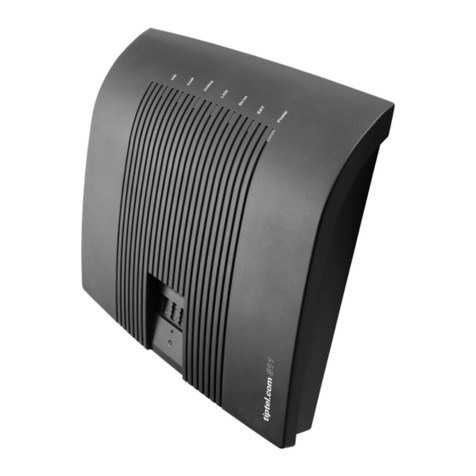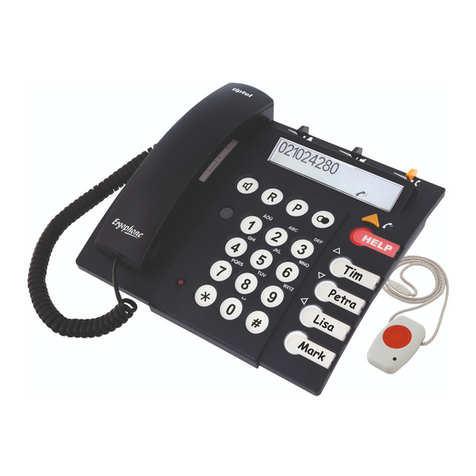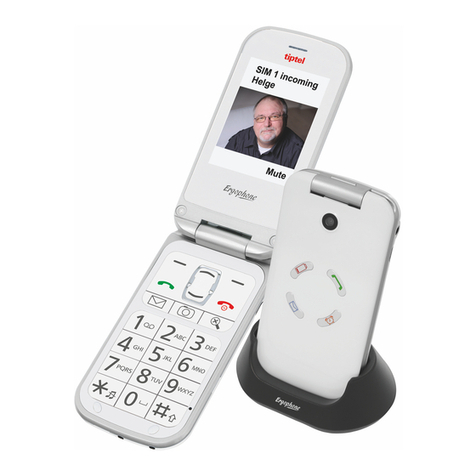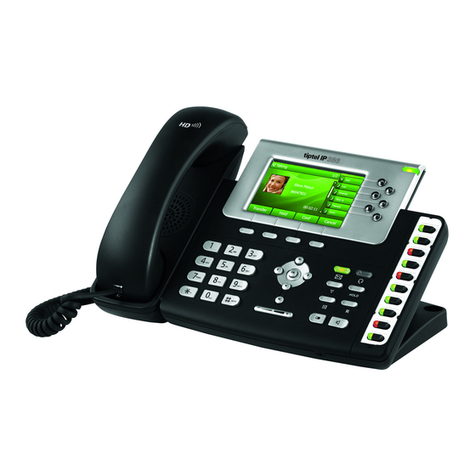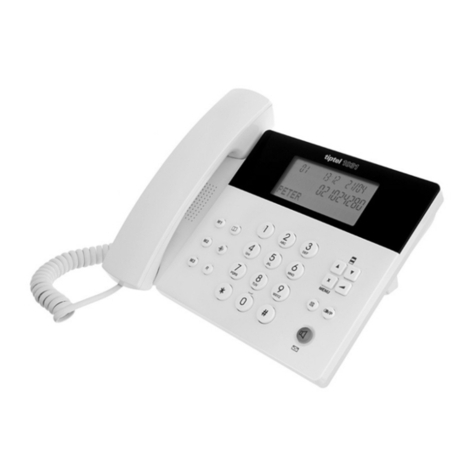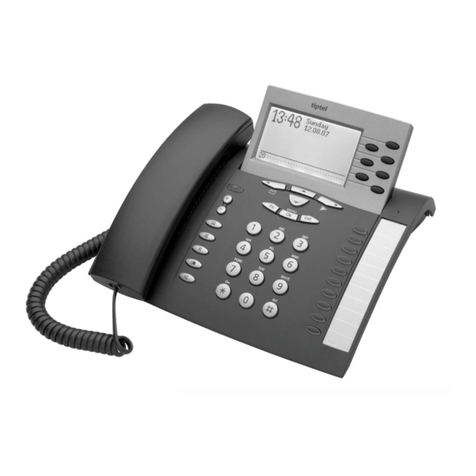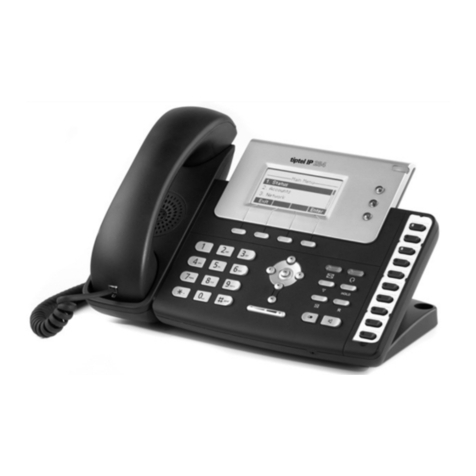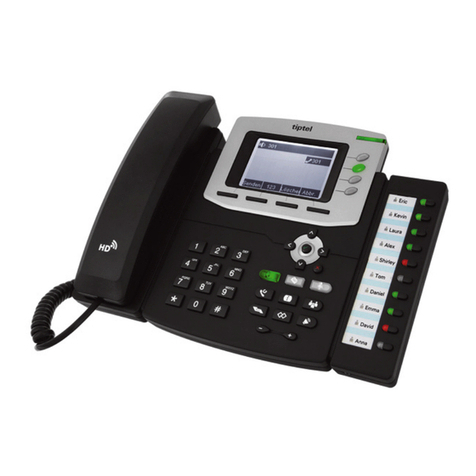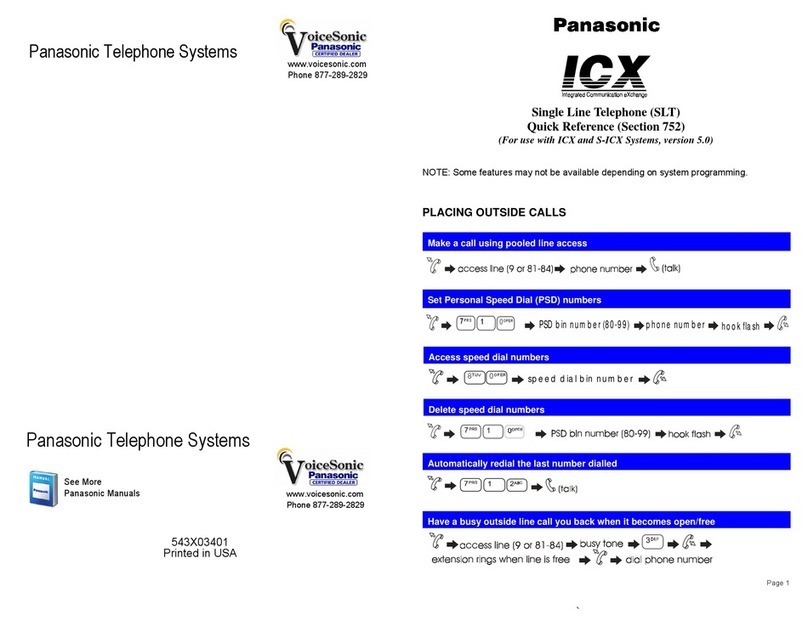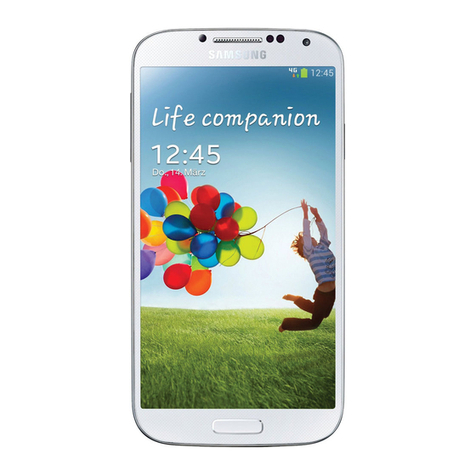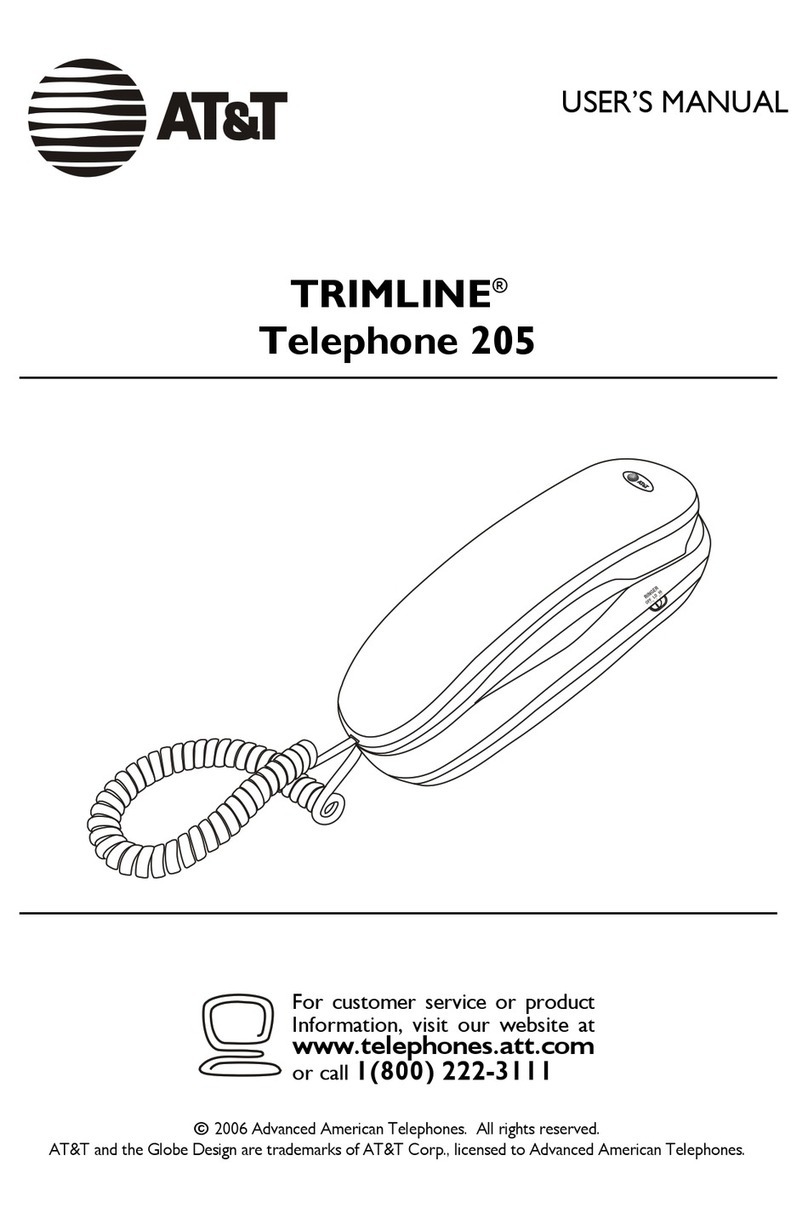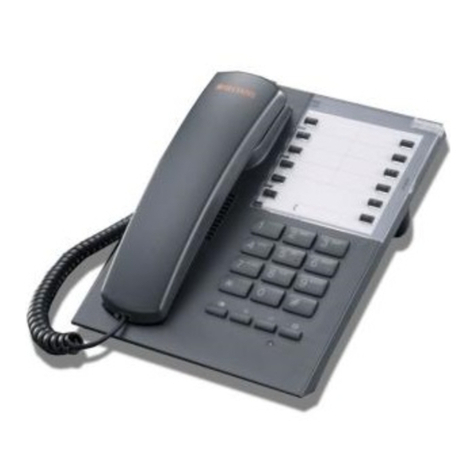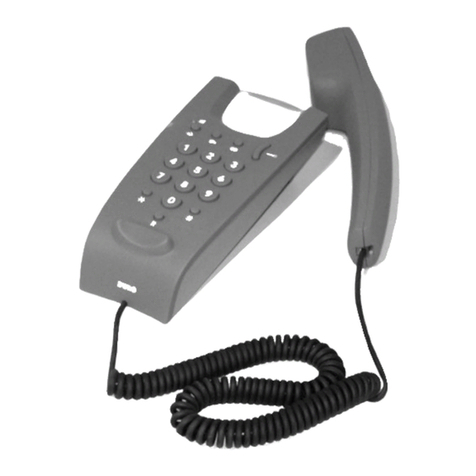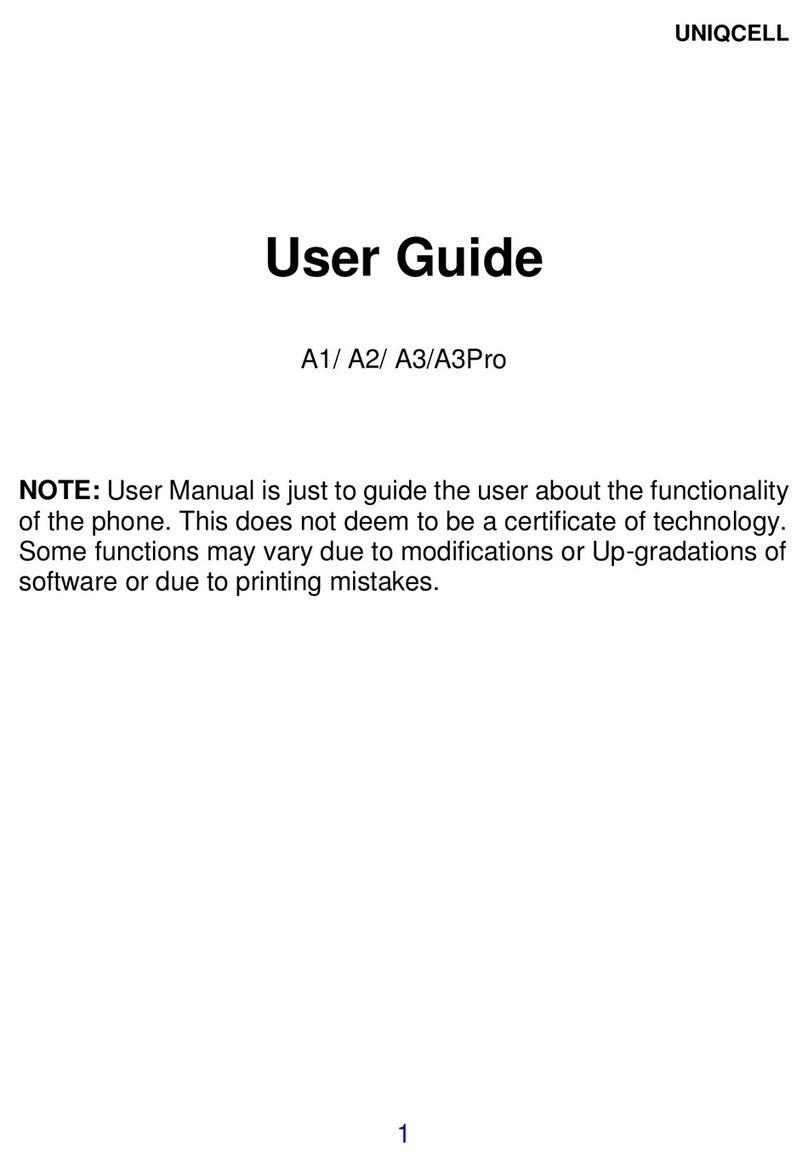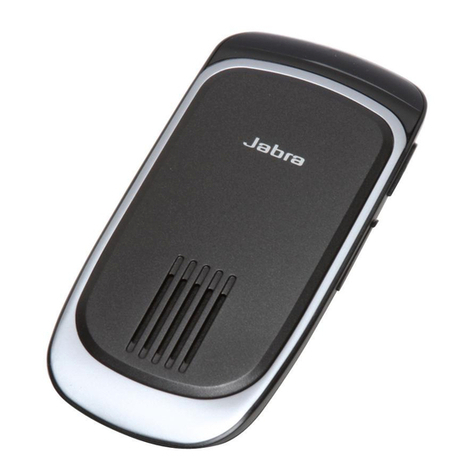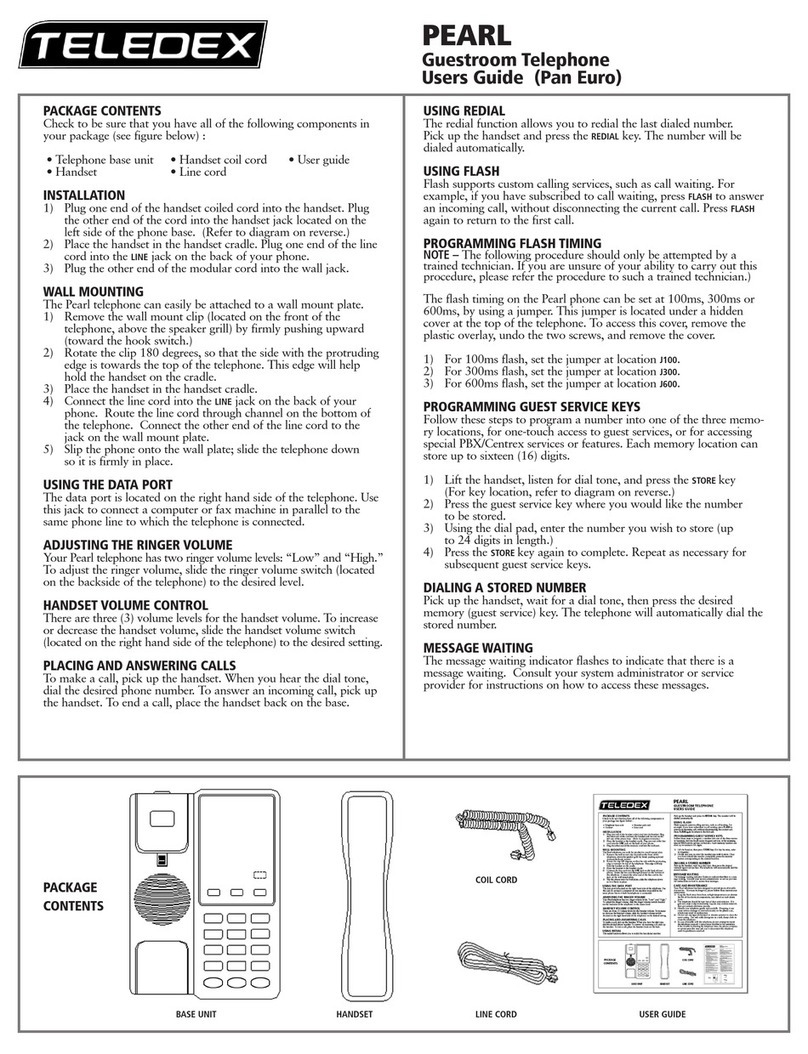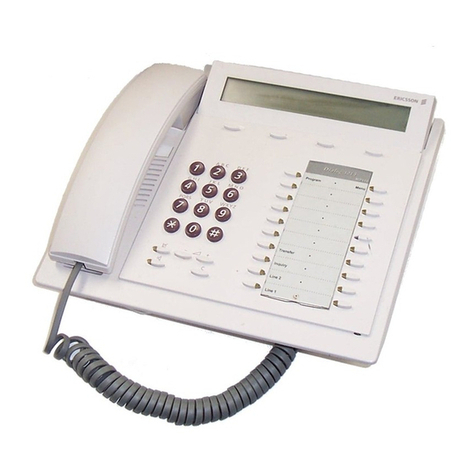Table of Contents
4
Menu: Telephone book ................................................................................37
Menu: Dialling check.....................................................................................37
Blocked phone numbers ...........................................................................38
Special numbers ........................................................................................38
Menu: Emergency numbers ........................................................................38
Menu: Call data..............................................................................................39
Call analysis software ................................................................................40
Menu: Day/night switching ...........................................................................40
Sub-menu: Settings ...................................................................................41
Sub-menu: Timer .......................................................................................41
Sub-menu: Holidays ..................................................................................42
Menu: LCR .....................................................................................................42
Sub-menu: Settings ...................................................................................42
Sub-menu: Provider...................................................................................43
Sub-menu: Zone ........................................................................................43
Sub-menu: Timer .......................................................................................43
Sub-menu: Holidays ..................................................................................43
Configuration examples.............................................................................43
Menu: Expert mode.......................................................................................44
Date / time ..................................................................................................45
Service ........................................................................................................45
Menu: Voicemail ............................................................................................46
Configuration menu: ISDN access..................................................................47
Menu: Settings...............................................................................................47
Type/Status ................................................................................................47
Layer 2 always active (only with multipoint access) ................................47
CD external.................................................................................................47
Basic number (only point-to-point connection) .......................................48
Switchboard ...............................................................................................48
Menu: Entry of MSN/DDI for external S0 ports ............................................49
Menu: Call forwarding external.....................................................................49
Status inquiry for call forwarding external (CFI).......................................50
Configuration menu: Subscriber.....................................................................51
Subscriber list ................................................................................................51
Menu: Groups................................................................................................51
Day/night Switching ...................................................................................51
Group..........................................................................................................52
Select group subscribers ..........................................................................53
Assignment table: incoming external calls...............................................53
Menu: Call distribution ..................................................................................53
Menu: Subscriber – Sub-menu: Administrator ............................................54
